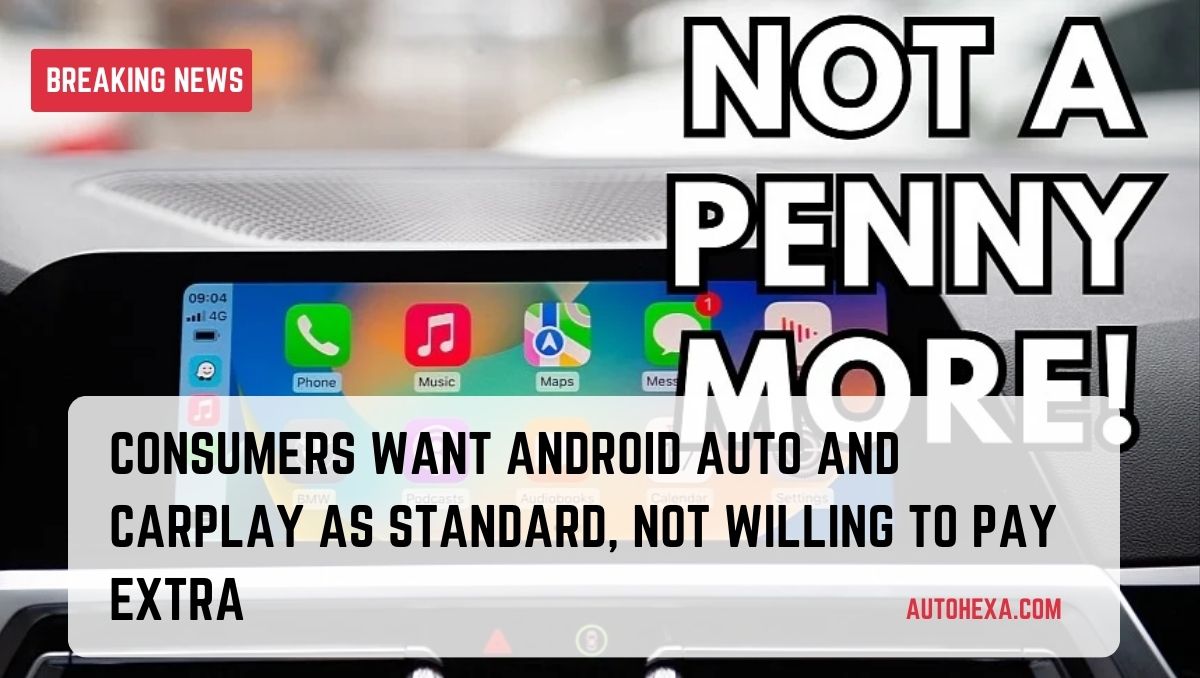Android Auto and CarPlay have become essential features in most vehicles, and recent data further confirms their significance. According to Apple, nearly 80 percent of new car buyers in the United States wouldn’t even consider a vehicle that lacks CarPlay.
Research from McKinsey reinforces this trend, revealing that nearly half of car buyers wouldn’t buy a vehicle without Android Auto and CarPlay. In fact, 85 percent of vehicle owners prefer these smartphone projection systems over the car manufacturer’s pre-installed software.
However, despite their importance, few customers are willing to pay extra for these two systems. The study shows that less than 20 percent of car owners are willing to pay an additional cost for Android Auto and CarPlay connectivity when purchasing an internal combustion engine (ICE) vehicle. The percentage is somewhat higher, around 30 percent, for electric vehicle (EV) buyers. Overall, most drivers expect Android Auto and CarPlay to come as standard features in a new car.

ICE vehicle buyers also have expectations for other features as standard, including advanced hazard warnings, traffic and safety camera alerts, proactive route suggestions, and real-time traffic information. However, approximately 20 percent or fewer are willing to pay extra for these features.
Notably, most of these features can be accessed through Android Auto and CarPlay apps. Real-time traffic information is readily available in navigation apps like Google Maps and Waze. Hazard warnings, traffic alerts, and safety camera notifications are fundamental features of apps like Waze, with similar capabilities found in other navigation apps. Alternative route suggestions are a primary feature in most Google Maps alternatives, including Waze and Apple Maps.
Customers who resist paying extra for Android Auto and CarPlay may present challenges for automakers considering including phone projection systems in future subscription plans.
General Motors is one such company, and its long-term strategy could involve charging for access to Android Auto and CarPlay. Starting with the 2024 Blazer EV, all General Motors zero-emission vehicles block Android Auto and CarPlay, instead providing access to Android Automotive, a fully featured operating system for infotainment. Android Automotive can also run Android Auto and CarPlay, which is why GM hasn’t yet offered the two systems as separate options.
Critics argue that this strategy might be part of a broader plan by General Motors to monetize its infotainment system by charging drivers for Android Auto and CarPlay. However, the company has denied these claims, stating that the shift to Android Automotive is aimed at providing drivers with more advanced capabilities while driving. Android Automotive offers deeper integration with vehicle functions, whereas Android Auto and CarPlay are limited to mirroring smartphone interfaces and the data the mobile device can access.
Read More:

